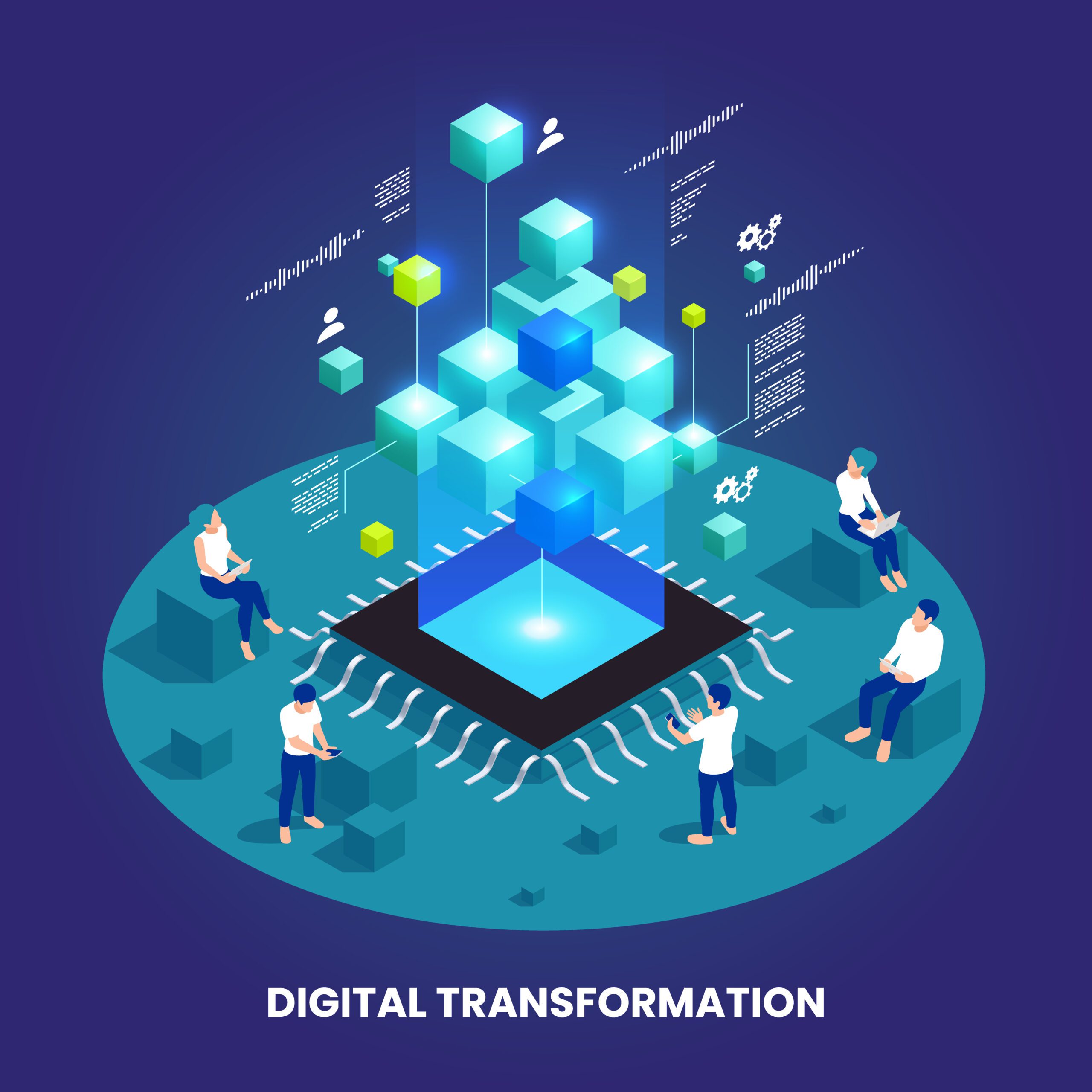



As technology advances along through the transformation of Digital Industry 4.0 eras, technology or digital businesses will inevitably begin to disrupt businesses that still follow the old model. Companies that existed before the digital era had to be responsive, adapt to business changes and quickly find new business models.
|
Product |
Platform |
| Products (both goods and services) are marketed. | Does not produce or sell products, but rather manages a wide range of interactions (expandable) |
| Have a supply chain | Not being able to control the supply chain |
| Achieve a business by utilizing value creation (value creation). | Achieving business through the utilization of value creation by external parties |
| Comprehending assets as a business model | Business Model through transaction fee |
| Product and asset support has been expanded. | Does not asset support |
| Take benefit of scale economies. | Utilize networking to the benefit (networks) |
Platform-based business models are one of five domains on which businesses must focus in order to implement digital strategy and successfully transition to the digital era (Digital Transformation).
There are five (5) areas or domains to consider: customers, competition, data, innovation, and value. The table below summarizes the most important domains of Digital Strategy:
|
Domain |
Theme/Basic Strategy |
|
Customer |
Utilize customer networks |
|
Competition |
Create a platform instead of just a product |
|
Data |
Convert data into assets |
|
Innovation |
Rapid experiments can enable innovation |
| Value |
Adopt the value proposition |
When a company already has a digital strategy to transfer toward digital transformation, it is important to map out all of the company's layers, starting with business, data, applications, technology, infrastructure, and security. The digital strategies have to be aligned with all of these layers towards the current condition of the business (the current condition) and the condition of the company where the digital transformation begins (the future or target condition).
This mapping is referred to as the enterprise map, and it should be managed or built as a part of a continuous process referred to as the architecture.
The Open Group defines enterprise architecture as a portrait or picture of all company conditions, which include aspects of the "who, what, why, when, where, and how" of the company at all levels, from the corporate or strategic level down to the detailed and technical level that implements the business processes to achieve goals.
Furthermore, enterprise architecture is defined as a digital transformation method that enables companies to achieve their vision, mission, and values by utilizing digital tools and repositories.
In the current digital era, enterprise architecture is required for three(3) reasons:
- Focus on Business:
Through the Digital Enterprise Map, Enterprise Architecture develops a cultural platform for the integration of business and technology. - Focus on Architecture:
Before executing project management to realise the digital strategy, the digital enterprise architecture should first be developed. - Benefit
- Project management success
- Business & Technology Agility
- As a business investment, technology can deliver the ROI
- Technology supports the evolution of businesses.
- Human resources (people), tools and instruments (things), and business are all integrated
The planned digital strategy can be implemented optimally, quickly, and precisely at all levels of the company (business, data, applications, technology, infrastructure, and security) by having enterprise architecture as a part of the company culture, and digital transformation as a journey can be realized efficiently. Businesses should be sustainable to adapt and compete in the digital and Industry 4.0 eras.
Source or reference:
Rhenald Kasali's The Great Shifting from the Disruption series
David L. Rogers' The Digital Transformation Playbook


